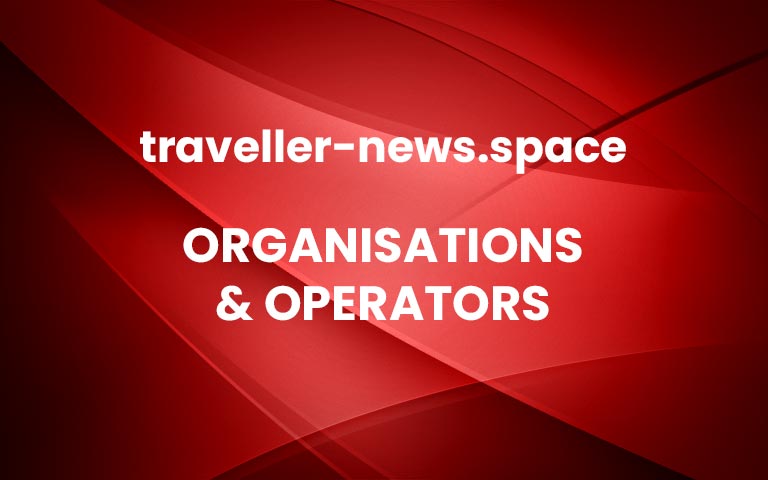New AAdvantage Business Select tier unlocks more value for small and midsized businesses
The AAdvantage Business™ program rewards both eligible companies and their travelers with AAdvantage® miles and additional Loyalty Points for booking business travel on aa.com, through American’s mobile app or with any agency, offering a faster pathway to a more rewarding experience for companies and travelers alike. Plus, the program gives companies access to a convenient […] More


